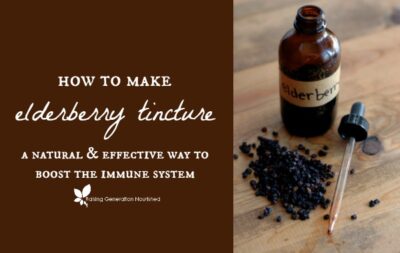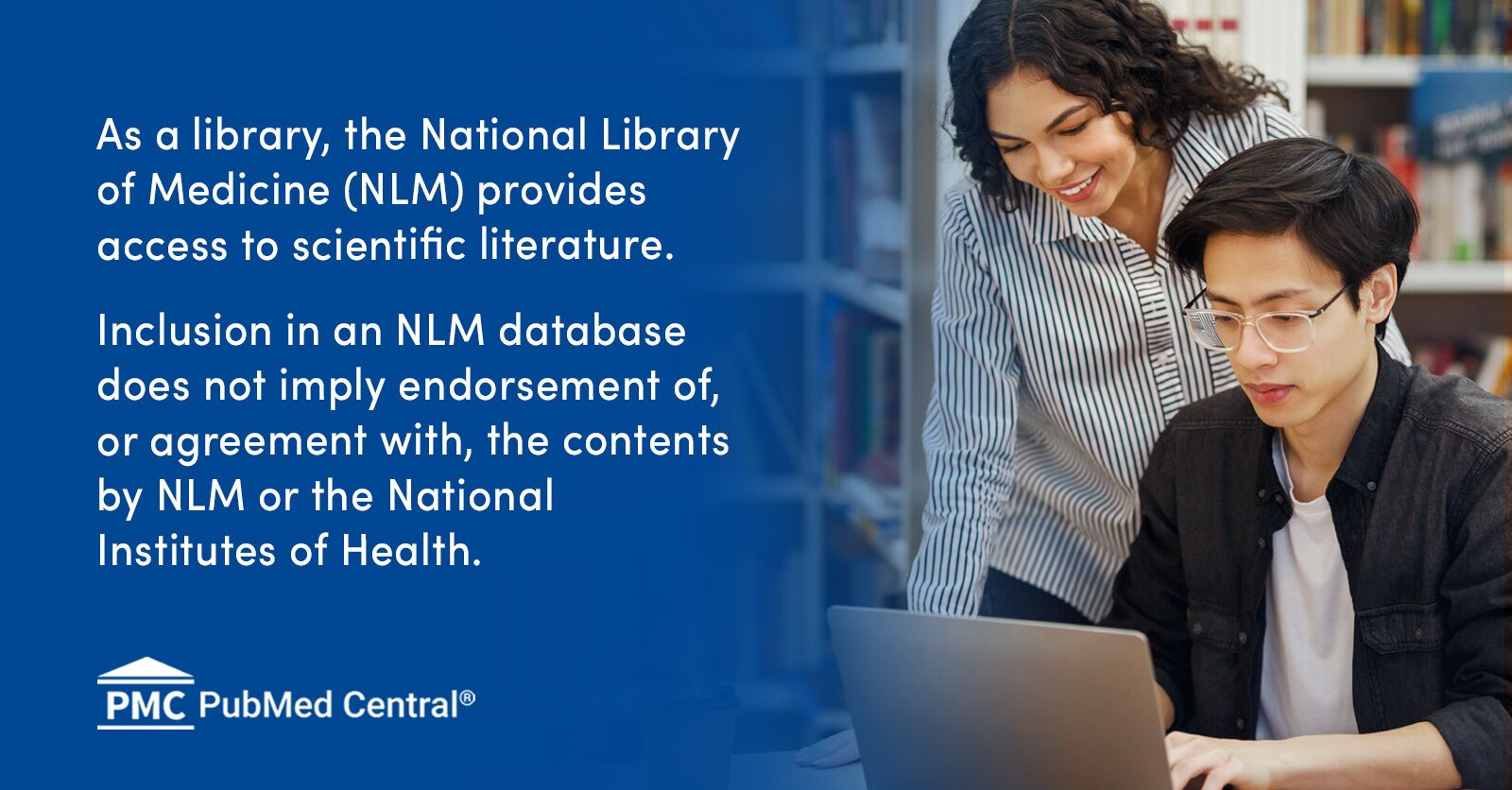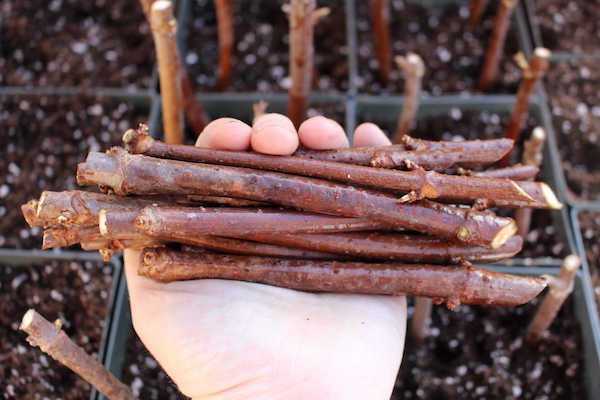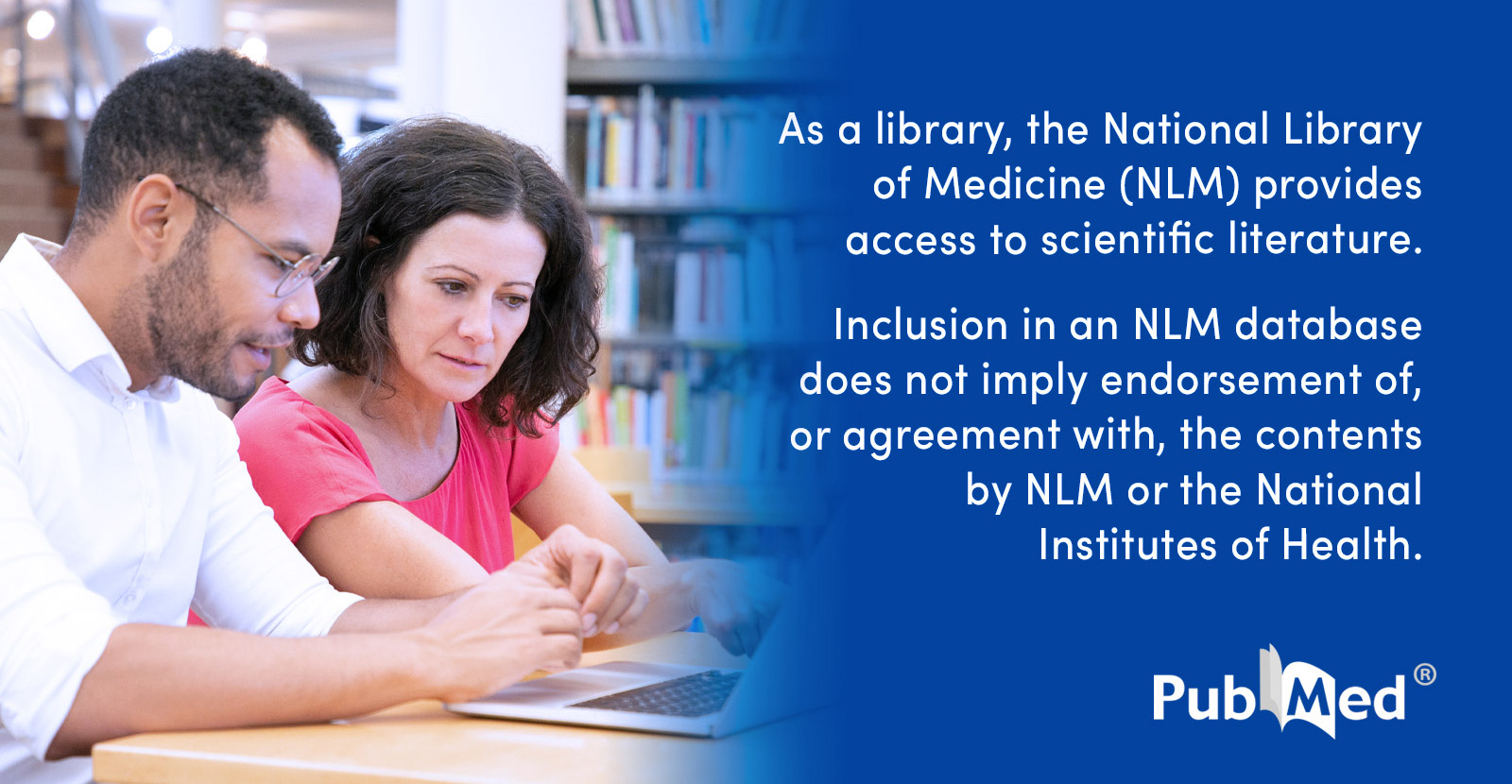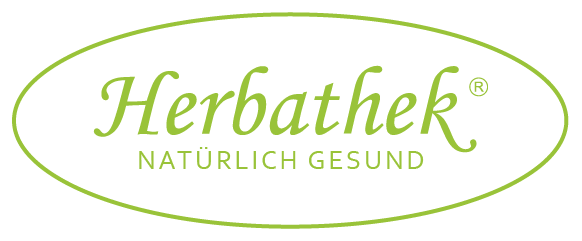I had a similar sobering experience after blending a glass full of raw (washed) berries for a minute or two.
Drank the whole glass at once and a minute later had to visit the bathroom, urgently. Spent the next 6 hours in desperation on and off the pot, with a totally liquid diarrhea. I never knew we had that much water inside!
Left dehydrated, it took me two days to slowly recover.
I think it's the blender crushing the seeds thus letting their poisonous contents out,
Whole elderberry seeds normally pass the digestive tract untouched, so are not harmful.
Oh boy, I'm sorry to hear that asino, it does resemble my own experience.
I have a slight suspicion that the poison is in the seeds. I used the blender for a couple of seconds the first time I tried cooked elderberries and it separated the flesh from the seeds. I was fine when I drank bits of that flesh. But blending the whole berries with seeds ended in a traumatising manner.
I guess it also makes sense to only boil the berries for 15 minutes. I suspect it's not enough to get the poison out of the seeds - if that's where it's stored - and enough to get the goodness out of the flesh.
That said, I've drunk 3/4 of a glass of boiled elderberries and elderflowers daily and I have not had any more negative experiences. I'll continue to drink it, let's see if this flu season ends without adventures.

